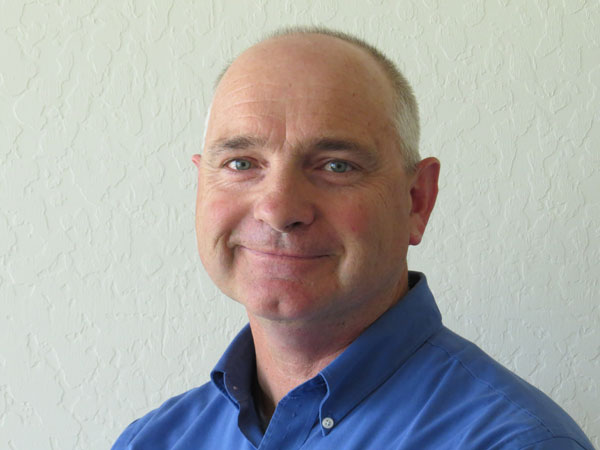Published in the June 25-July 8, 2014 issue of Morgan Hill Life
By Marty Cheek

Marty Cheek
Around noon on a crisp winter day, I reached the top of Wilson Peak, a prominent summit point in the southern region of Henry W. Coe State Park. Standing on an outcrop and getting my breath from an arduous mountain climb, I viewed a portion of Monterey Bay to the west, the white of the beaches outlining it. I turned my head in the eastern direction and, thanks to a rare clarity in the Central Valley, I saw the vista of the Sierra mountains capped with the white of snow. Something strangely familiar leaped out in this panorama. Yosemite’s Half Dome. The most famous piece of granite in the world was clearly visible. I felt astounded that the Monterey Bay and Half Dome were both clearly visible from this single geographic point where I stood.

Yosemite Valley’s Half Dome Photo courtesy National Archives
We in the South Valley are truly blessed to have Coe State Park right in our backyard. At more than 87,000 acres, the second largest state park in California is a wilderness wonderland of varied terrain and recreational opportunities. And it seems appropriate that from Wilson Peak a hiker or equestrian can get a magnificent view of both Monterey Bay and Yosemite’s Half Dome. As California approaches the celebration of the 150th year of the State Park System next week, I encourage you to visit Coe and learn why public parks are one of the Golden State’s greatest resources.
The State Park System helped give birth to America’s National Park System, which in turned inspired national parks throughout the world. It all started with Yosemite, thus the relevance for the view from Wilson Peak.
In 1855, the first tourist party entered the Yosemite Valley, inspired to visit it by the work of artist Thomas Ayers who created vivid paintings and drawings and wrote magazine articles that painted word pictures of the grandeur of the glacier valley. Visitors came from the East Coast to see this wonder, and entrepreneurs built a toll road into Yosemite and the valley’s first hotels.
With the rising number of tourists, the native ecosystems of Yosemite Valley’s meadows and woodlands were put in jeopardy. Environmental movement leaders including clergyman Thomas Starr King and landscape architect Frederick Law Olmsted encouraged U.S. Senator John Conness to try to preserve this treasure.
On June 30, 1864, President Abraham Lincoln signed a federal bill granting Yosemite and the Mariposa Grove of Giant Sequoias to the people of California as a state park. The land was designated to be kept “for public use, resort and recreation.” The legislation was historic because it was the first time that a federal government set aside wilderness land for its protection and for the public enjoyment.
Unfortunately, Californians found it difficult to maintain their new state park. It wasn’t until 1866 when the state set up an administration to run Yosemite. With the construction of the transcontinental railroad, more people traveled by train to visit California as tourists. More tourists caused increasing environmental damage to the valley.
The challenges in protecting Yosemite under the control of California’s state government helped in making the decision to establish in 1872 Yellowstone National Park as America’s first completely national park. Later, the federal government took Yosemite back and made it also into a national park.
California tried establishing a state park again in 1902 with the creation of Big Basin State Park in the Santa Cruz Mountains. This time we got it right. Today, visitors enjoy 278 state parks throughout California.
There are several South Valley area state parks that make great day trips. They range from massive wilderness tracts of land such as Coe, to small historic parks protecting the early culture of California such as at Monterey and San Juan Bautista. From the South Valley looking toward the south you can see Fremont Peak State Park. And following Highway 1, you can visit many of the state beach parks bordering the Pacific Ocean.
For 150 years, California’s parks have provided great benefits to our recreational and spiritual needs. Go out and enjoy them this summer with your friends and family.






